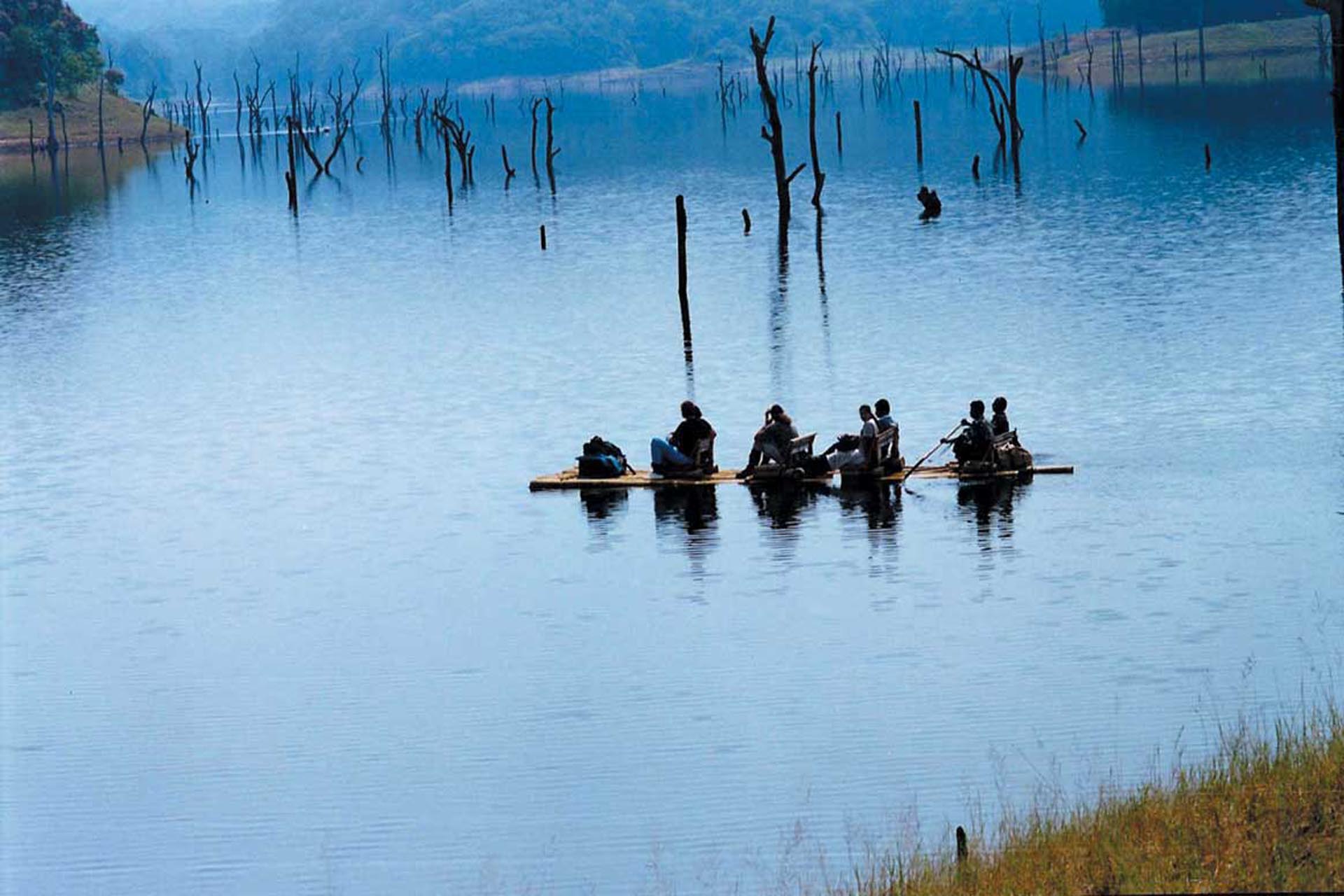Ecology and Conservation Biology Wing
The Ecology and Conservation biology wing is under the PTCF. The wing is mainly support for the management interventional ecological studies in PTR. The tiger monitoring is done with help of conservation biologist, ecologist and tiger monitoring assistants with support from Tiger monitoring team. The team is headed by Assistant Field Director and reports to Deputy Director. The ecological studies that are required for management recommendations are undertaken by the wing. Pilgrim management, Resource utilization, population status of various species, invasive species management, bird monitoring and other consultancy work outside the PA. The GIS cell is full equipped with software and helps the Park in the context of mapping and interpretation. The GIS cell is with a GIS specialist who generates maps and information that are highly vital for the decision making and management of the Park in various aspects.


